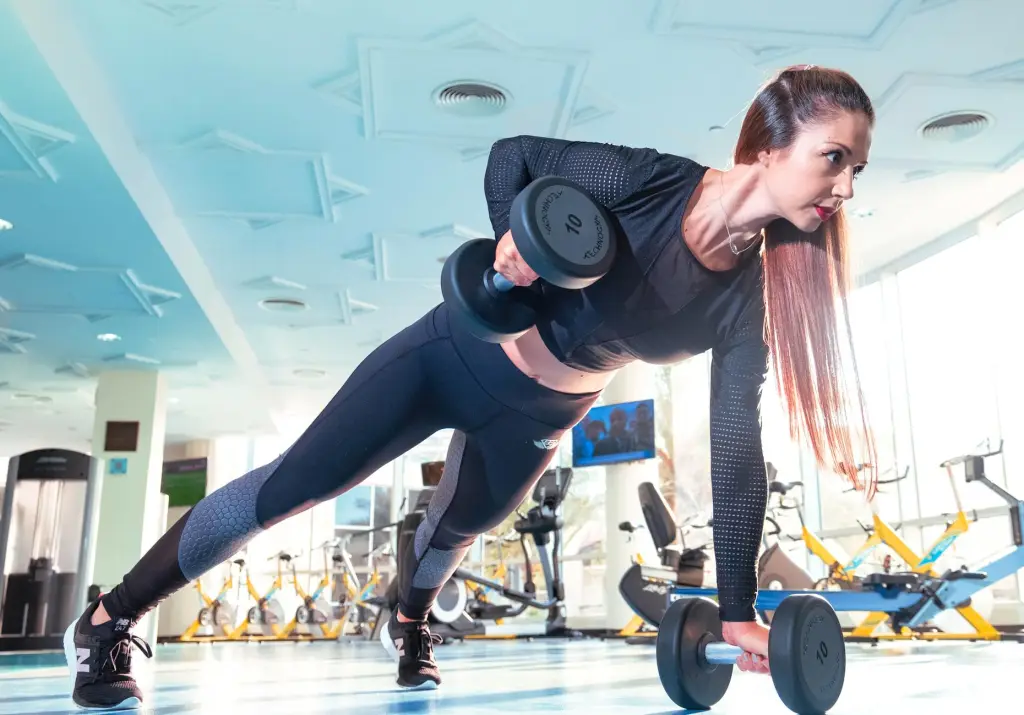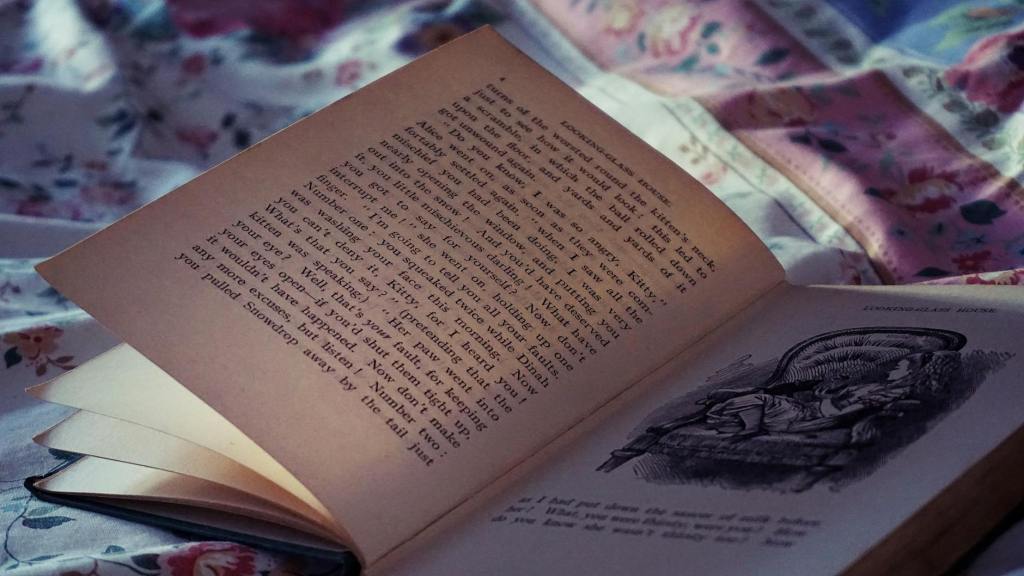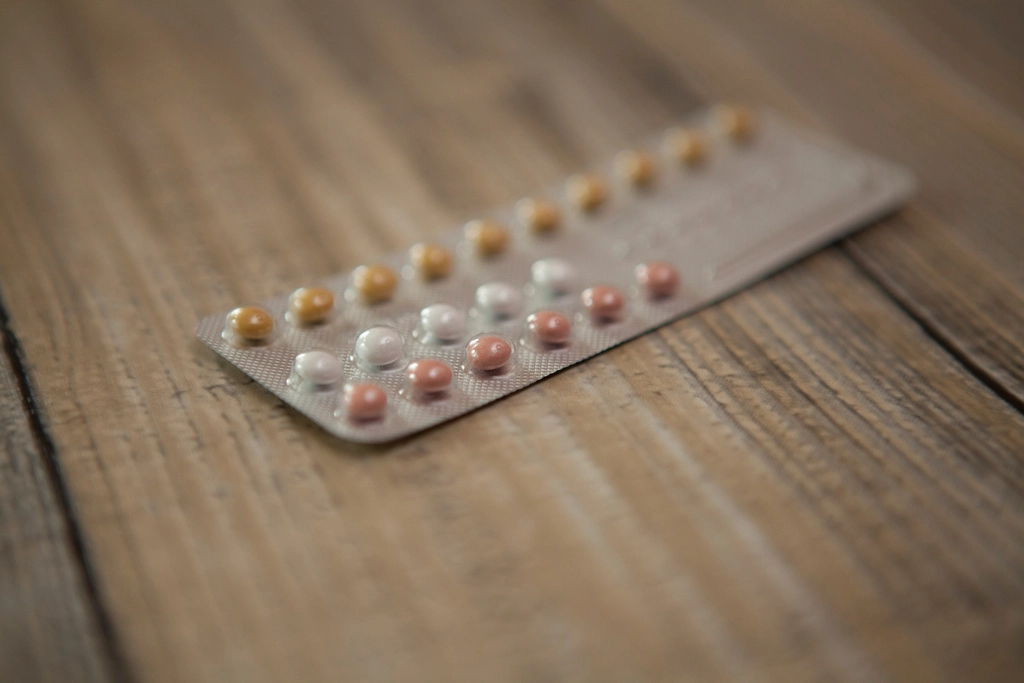By Michael Oladosu
ABSTRACT
Bioprinting is an additive tissue manufacturing process in which cells are stacked in a layer by layer process. Progress in bioprinting techniques have advanced the potential in various medical disciplines such as printed tissue, organs, and bone structures for implantation. Due to the wide array of variations in terms of application there can be a lot of confusion as to what the best method would be to print a structure. This review will describe key factors to the printing process such as bioink selection, printer configurations as well as post-print stabilization methods. Greater understanding of available technologies can dramatically improve print quality, function, and ease.
Key Words:
3D Printing, bioink, cell viability, fused deposition modeling, organ transplant
INTRODUCTION
Organ transplants are a costly procedure1 in the world of healthcare due to the nationwide decrease in organ donations.2 This deprivation has triggered the search for solutions to alleviate the gap between patient wait time and organ availability. The need for organ transplants potentially can be remedied with innovative research in pluripotent stem cells engineering, or bioprinting.3 Understanding the variety of technologies available within the domain of pluripotent stem cell printing is crucial to be able to get an effective benefit from their use. Three-dimensional (3D) bioprinting is one of the fastest growing pioneer fields of science4 which utilizes aspects from both engineering and biology to merge the two disciplines. Bioprinting first began out of the mechanical engineering realm of 3D printing. 3D printing is an additive manufacturing (AM) process in which a digital design is fabricated layer by layer into a 3D structure.4
3D printers are being employed in more than just the engineering world and are crossing disciplines with a number of different fields, including the medical sector.5 Advancements in pluripotent stem cell research have allowed for the printing of an array of biological structures ranging from the simple creation of small tissues and blood vessels 6 to larger organ structures and even bone.7 Researchers still face the problem of printing large highly complex structures, such as lungs. There are also problems with cell viability and long-term functionality of printed structures that need to be addressed. One general solution to some of these challenges is the specialization of printing equipment and techniques. This review article will discuss the various techniques that are utilized in bioprinting, specifically (1) three different printing methodologies: inkjet-based, laser, and microextrusion. Finally, some techniques for (2) post-print stabilization and viability will be discussed.
PRINTING METHODOLOGY
Many types of printers are available for the purpose of bioprinting. The three most common types used by researchers are inkjet-based printer, laser based printers, and microextrusion. These printers can vary in factors such as their mechanical design, cost, precision and speed and viability of biological structures. Each printer also has several specific advantages and disadvantages depending on the intended output of the structure.
Inkjet-based printing
Inkjet-based printers perform by depositing controlled volumes of bioink to predetermined locations.4 Inkjet printers were initially intended for commercial use but have been modified by trading in the ink cartridge with biological material, and the paper for an electronic elevator stage that moves across the x, y, and z- axis. Now inkjet printers are the most popular printers used bioprinting. These reconfigured printers operate using two types of drop injection: thermal and acoustic forces.
Thermal inkjet printers electrically heat an extrusion nozzle or print head to hundreds of degrees (200 °C -300 °C).8 Heating then produces pulses of pressure which force droplets from the nozzle.8 The advantages of the thermal inkjet printers are that they are low in cost and widely available. Thermal inkjets also have a very high printing speed.9 This is due to their simple design and inexpensive parts. However, these printers can have a number of draw backs such as low droplet directionality, unequal droplet size, and cell exposure to thermal and mechanical stress.4 Acoustic inkjet printers generate sound waves within the printer head by utilizing a piezoelectric crystal.9 The sudden voltage induces a sudden change in shape generating pressure to move bioink droplets from the nozzle.8
The additional advantages of this technique are that the droplet size is more uniform during extrusion.4 This gives printed structures a higher surface resolution. Another advantage of the inkjet printer is that it can generally be found at a very low cost. Inkjet printers are also compatible with a broad range of organic and inorganic materials and hydrogels.6 The fast speed of the printer is also a valuable trait that some researchers have taken advantage of in the regeneration of skin and cartilage in situ.10 The printer can deposit cellular material directly into wounded skin and cartilage to seal or stop the spread of damage. Despite this speed advantage, there are some disadvantages to inkjet printing. These printers are subject to frequent nozzle clogging during deposition.4 When this happens the droplet size from extruder becomes nonuniform.
Laser printing
Laser-based printing (LAB) consists of three main components: a pulse laser source, beam delivery optics, and a coated target called the ribbon opposite to the substrate receiving the target.11 This system is known as laser-induced forward transfer (LIFT) in which laser pulses are fired at a cell containing absorbing layer that make high pressure bubbles propel toward a substrate.4 The pulse laser serves as the power source in this configuration, and beam optics are the way the laser’s strength, position and optical focus are controlled. The deposition of the substrate is indirect. Although laser printers are less commonly used than inkjet and microextrusion9, they are still a valuable method for tissue and organ printing. Since LIFT based printers run on light based manipulation, there is no chance for nozzle clogging seen in other printer configurations. 11 This lessens stoppable time and the need for “re-running” during print deposition. Laser based printers can deposit cells at a wide range (1-300 mPa/s) of viscosities. A test of varying viscosities found that quality of surface resolution increased in mammalian cells.9, 12
Despite these advantages, LAB have several drawbacks. LAB printers are generally more expensive than inkjet and microextrusion printers due to their complex designs. Laser systems configured to printing systems make up a major of costs on their own, but organic ribbon coats are also costly because they are difficult to manufacture.13 Another drawback is that start-up (pre-heating and ribbon substrate prep) to completion time is time consuming. There is also the problem of contamination from metallic residue left behind from the absorbing layer. However, researchers seeking to utilize more sensitive materials found that use of non-metallic absorbing layers reduced contaminates.14 Complete removal of an absorbing layer could also be a potential solution in the reduction of residue.
Microextrusion printing
Microextrusion printing robotically controls the extrusion of materials onto a substrate surface using pressure.15 Bioinks are inserted into a dispensing syringe or tube and then forced out of the nozzle either by a piston or a screw driven mechanism.16 Unlike inkjet and laser based printing, microextrusion does not dispense bioink in small droplets, but rather in large hydrogel filaments. Screw-based extrusion coils the filament in a downward motion out of the dispenser, this system works better at dispensing hydrogels with higher viscosities.17-18 Piston driven extrusion compresses the bioink down the tube or syringe9. A test of print resolution concluded that this manner of printing offers better spatial control then screw-based extrusion and reduced force output,15 providing more control to overall flow. The general cost of an microextrusion printer is in the affordable range (Table 1), as these printers are the most common type of printing method for the purpose of 3D cell laden structures.
The major drawback of microextrusion printing is that the process is very slow. The viability of the cell is also lower in extrusion printing compared to LIFT and inkjet printing. This is most likely due to the stress and pressure from the piston driver that the cells are exposed to.9 Cell viability for microextrusion is lower than inkjet-based bioprinting.9
The advantages of microextrusion include their ability to deposit very high cell densities (Table 1). This is an important benefit as it allows for larger and thicker cell filaments to be made which can increase the range of possible bioinks that can be extruded. The bioink can be specifically printed as spheroids. It has been shown that self-assembling spheroids accelerate tissue organization and have the potential to form complex structures.19 This also increases the surface resolution of the structure, so the surface is smoother than inkjet and laser printing. (Table 1)
Table 1. Comparison of Common 3D Printer Configurations for Bioprinting
| Bioprinter Type | ||||
| Inkjet-Based Printing | Laser Printing | Microextrusion | References | |
| Extrusion Process | Air bubble expansion via thermal resistor or transducer | Laser induced forward transfer | Pressure generator concentrated valve. | 3-4 |
| Material Compatibility | Broad Range | Medium Range | Very Broad range | 9, 12 |
| Print Speed | Fast | Medium | Slow | 9, 20 |
| Droplet Size | 50–300 mm | >20 microm | 100 microm–1 mm | 3 |
| Spatial Resolution | Medium | Medium | High | 6, 11 |
| Cell Viability | >85% | 40-80% | >95% | 7, 12 |
| General Printer Cost | Low | High | Medium | 17 |
3D STRUCTURE AND VIABILTY
Sufficient surface resolution is important during the printing process of a design, but resolution does not matter if the structure does not last. Newly bioprinted models also require time for cells to grow and develop connections with neighboring cells around them.5 Researchers exercise a number of post-printing techniques to elongate cell viability time. These techniques can involve building support structures or immersing the structure in a solution. Hydrophilic plastic support structures can be built to confine injected materials in an immiscible gel allowing for increased duration and strength of printed structure.21 Alternating the method deposition can also change viability. Researchers testing optimal scaffolding structures utilized fusion based deposition systems to print bone.7 Fusion based deposition is an alternative inkjet printing system that uses more than one nozzle.
Newly printed structures can also be submerged in a solution to prompt growth of cell. Researcher found that injecting packed micelle lipids into semi-solid organogels were able to self-heal,18 signifying that printing within this gel solution helps stability. This method is beneficial when support structures cannot be created for soft structures like skin tissue. The size of the print determines the type of modification needed. Generally larger prints have larger droplet volume and require more manipulation and time to prolong cell life and establish extracellular connection. Droplet volume is reduced when concentration of carboxylated agarose is increased,20 improving print quality in both bulk and fine printed materials for several weeks.
CONCLUSION
Background knowledge of the variety of equipment available in bioprinting will help increase success in printing, especially for highly specified structures. Initial factors to take into consideration include the printer configuration and the standard of bioink the printer can accept. Injection design is also a crucial factor that vary in droplet size, cell dispensation, and ink compatibility. Post print modification are made to elongate cell/ tissue viability as well as simulate growth. Improving bioprinting techniques will raise the quality of printed tissues and organs which have the potential to be used in number of medical disciplines. One of the many end goals of bioprinting technology is to create a more patient-specific approach to healthcare. This would be seen in situations such as organ transplants where patient wait time will be reduced, because organs can be created on a needed basis. One potential direction for further research may be the complete removal of an absorbance layer within LIFT printing. This could potentially be a solution to metallic contamination in cells.
REFERENCES
- Danovitch, G. M., The high cost of organ transplant commercialism. Kidney International 2014, 85 (2), 248-250.
- Goldberg, D.; Kallan, M. J.; Fu, L.; Ciccarone, M.; Ramirez, J.; Rosenberg, P.; Arnold, J.; Segal, G.; Moritsugu, K. P.; Nathan, H.; Hasz, R.; Abt, P. L., Changing Metrics of Organ Procurement Organization Performance in Order to Increase Organ Donation Rates in the United States. American Journal of Transplantation 2017.
- Li, J.; Chen, M.; Fan, X.; Zhou, H., Recent advances in bioprinting techniques: approaches, applications and future prospects. Journal of Translational Medicine 2016, 14, 271.
- Tasoglu, S.; Demirci, U., Bioprinting for stem cell research. Trends in Biotechnology 2013, 31 (1), 10-19.
- Pucci, J. U.; Christophe, B. R.; Sisti, J. A.; Connolly, E. S., Three-dimensional printing: technologies, applications, and limitations in neurosurgery. Biotechnology Advances 2017, 35 (5), 521-529.
- Gao, G.; Lee, J. H.; Jang, J.; Lee, D. H.; Kong, J.-S.; Kim, B. S.; Choi, Y.-J.; Jang, W. B.; Hong, Y. J.; Kwon, S.-M.; Cho, D.-W., Tissue Engineering: Tissue Engineered Bio-Blood-Vessels Constructed Using a Tissue-Specific Bioink and 3D Coaxial Cell Printing Technique: A Novel Therapy for Ischemic Disease (Adv. Funct. Mater. 33/2017). Adv. Funct. Mater. 2017, 27 (33), n/a.
- Holmes, B.; Zhu, W.; Zhang, L. G., Development of a novel 3D bioprinted in vitro nano bone model for breast cancer bone metastasis study. MRS Online Proc. Libr. 2014, 1724 (Micro/Nano Engineering and Devices for Molecular and Cellular Manipulation, Simulation and Analysis), 1-6, 6 pp.
- Shi, L.; Layani, M.; Cai, X.; Zhao, H.; Magdassi, S.; Lan, M., An inkjet printed Ag electrode fabricated on plastic substrate with a chemical sintering approach for the electrochemical sensing of hydrogen peroxide. Sensors and Actuators B: Chemical 2017.
- Murphy, S. V.; Atala, A., 3D bioprinting of tissues and organs. Nat Biotech 2014, 32 (8), 773-785.
- Zhang, M.; Krishnamoorthy, S.; Song, H.; Zhang, Z.; Xu, C., Ligament flow during drop-on-demand inkjet printing of bioink containing living cells. J. Appl. Phys. (Melville, NY, U. S.) 2017, 121 (12), 124904/1-124904/8.
- Vinson, B. T.; Sklare, S. C.; Chrisey, D. B., Laser-based cell printing techniques for additive biomanufacturing. Current Opinion in Biomedical Engineering 2017, 2 (Supplement C), 14-21.
- Gao, Q.; He, Y.; Fu, J.-z.; Liu, A.; Ma, L., Coaxial nozzle-assisted 3D bioprinting with built-in microchannels for nutrients delivery. Biomaterials 2015, 61, 203-215.
- John, A. R.; Peter, A. M.; Garett, D. J.; Roy, C. O.; Robert, D. B.; Patrick, C. S., Accessible bioprinting: adaptation of a low-cost 3D-printer for precise cell placement and stem cell differentiation. Biofabrication 2016, 8 (2), 025017.
- Kattamis, N. T.; Purnick, P. E.; Weiss, R.; Arnold, C. B., Thick film laser induced forward transfer for deposition of thermally and mechanically sensitive materials. Applied Physics Letters 2007, 91 (17), 171120.
- Yu, Z.; Yang, L.; Shuangshuang, M.; Wei, S.; Rui, Y., The influence of printing parameters on cell survival rate and printability in microextrusion-based 3D cell printing technology. Biofabrication 2015, 7 (4), 045002.
- Katja, H.; Shengmao, L.; Liesbeth, T.; Sandra Van, V.; Linxia, G.; Aleksandr, O., Bioink properties before, during and after 3D bioprinting. Biofabrication 2016, 8 (3), 032002.
- Jones, N., Science in three dimensions: The print revolution. Nature 2012, 487 (7405), 22-23.
- O’Bryan, C. S.; Bhattacharjee, T.; Hart, S.; Kabb, C. P.; Schulze, K. D.; Chilakala, I.; Sumerlin, B. S.; Sawyer, W. G.; Angelini, T. E., Self-assembled micro-organogels for 3D printing silicone structures. Science Advances 2017, 3 (5).
- Alajati, A.; Laib, A. M.; Weber, H.; Boos, A. M.; Bartol, A.; Ikenberg, K.; Korff, T.; Zentgraf, H.; Obodozie, C.; Graeser, R.; Christian, S.; Finkenzeller, G.; Stark, G. B.; Héroult, M.; Augustin, H. G., Spheroid-based engineering of a human vasculature in mice. Nature Methods 2008, 5 (5), 439-45.
- Forget, A.; Blaeser, A.; Miessmer, F.; Koepf, M.; Duarte Campos, D. F.; Voelcker, N. H.; Blencowe, A.; Fischer, H.; Shastri, V. P., Mechanically Tunable Bioink for 3D Bioprinting of Human Cells. Adv. Healthcare Mater. 2017, Ahead of Print.
- Hinton, T. J.; Hudson, A.; Pusch, K.; Lee, A.; Feinberg, A. W., 3D Printing PDMS Elastomer in a Hydrophilic Support Bath via Freeform Reversible Embedding. ACS Biomater. Sci. Eng. 2016, 2 (10), 1781-1786.
- Vellinger, J. C.; Boland, E.; Kurk, M. A.; Milliner, K.; Logan, N. S. Biomanufacturing system, method, and 3D bioprinting hardware for printing and maturation of living tissue in a reduced gravity environment. US20170029765A1, 2017.
Cite this article:
Oladosu, Michael. “Modern Advances in 3D Bioprinting Techniques: The Organ Easy-Bake Oven.” The D.U.Quark, 2, 2 (2018): 9-15. https://duquark.com/2018/04/23/modern-advances-in-3d-bioprinting-techniques-the-organ-easy-bake-oven/
Download the PDF here





Leave a comment